Table of Contents
ToggleVeterinary visits are an integral part of pet ownership, but navigating the waiting room can be a challenge.
Based on extensive experience in veterinary medicine, this article offers valuable insights into the importance of waiting room etiquette for ensuring the safety and well-being of both pets and their owners.
Understanding the Importance of Proper Waiting Room Behavior
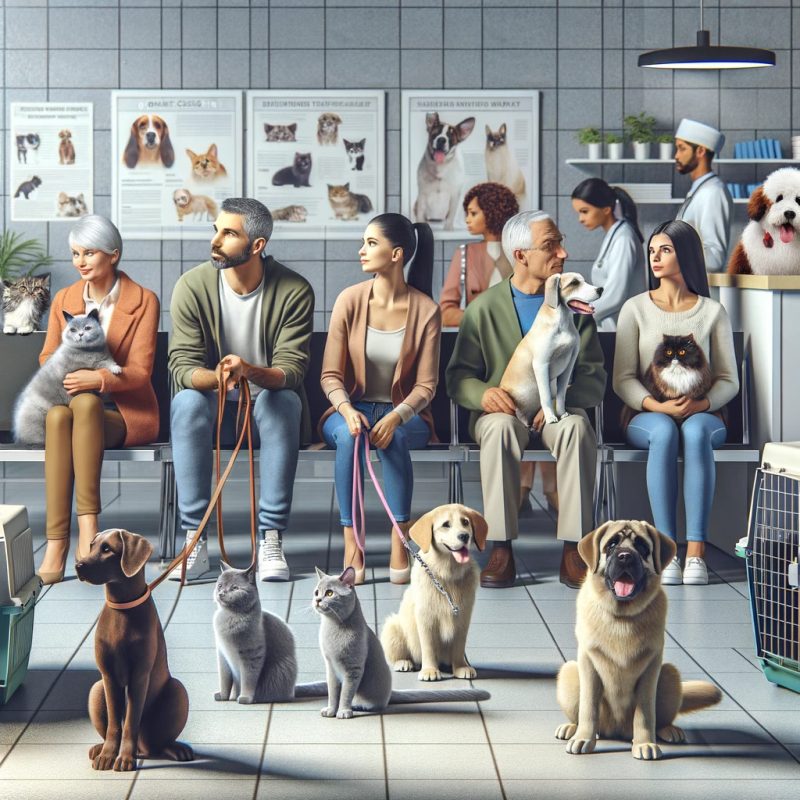
It’s a common sight: adorable pets interacting in the waiting area of a vet’s office.
While this may seem harmless, it’s crucial to recognize that not all pets are sociable or comfortable in such settings.
The key is maintaining a balance between allowing pets to express their natural curiosity and ensuring they don’t engage in potentially dangerous behavior.
Health Risks in the Waiting Room: Preventing Disease Transmission
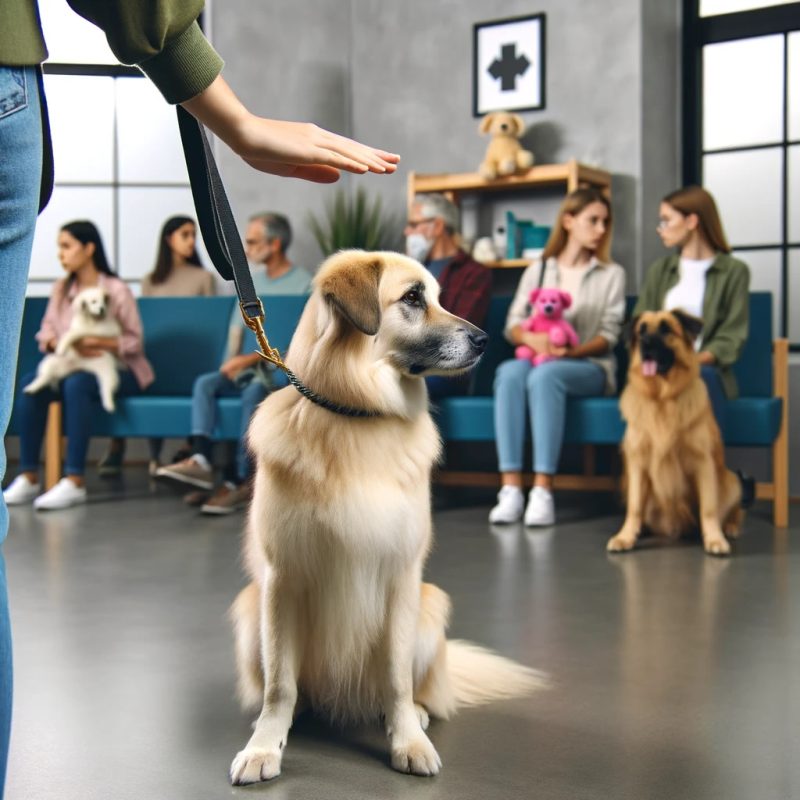
One significant concern in veterinary waiting rooms is the spread of diseases like kennel cough and canine flu.
Close contact, such as nose-rubbing or face-licking, between unfamiliar pets can quickly lead to the transmission of these illnesses, putting all pets at risk.
Injury Prevention: Why Size and Behavior Matter

Injury is a real risk in vet waiting rooms.
For instance, large, friendly dogs like English Mastiffs may unintentionally harm smaller breeds during interactions.
Similarly, people can get hurt while trying to separate fighting animals or from overly enthusiastic pets.
These incidents underscore the need for vigilant supervision and control of pets in shared spaces.
Legal Liability: The Consequences of Pet Incidents
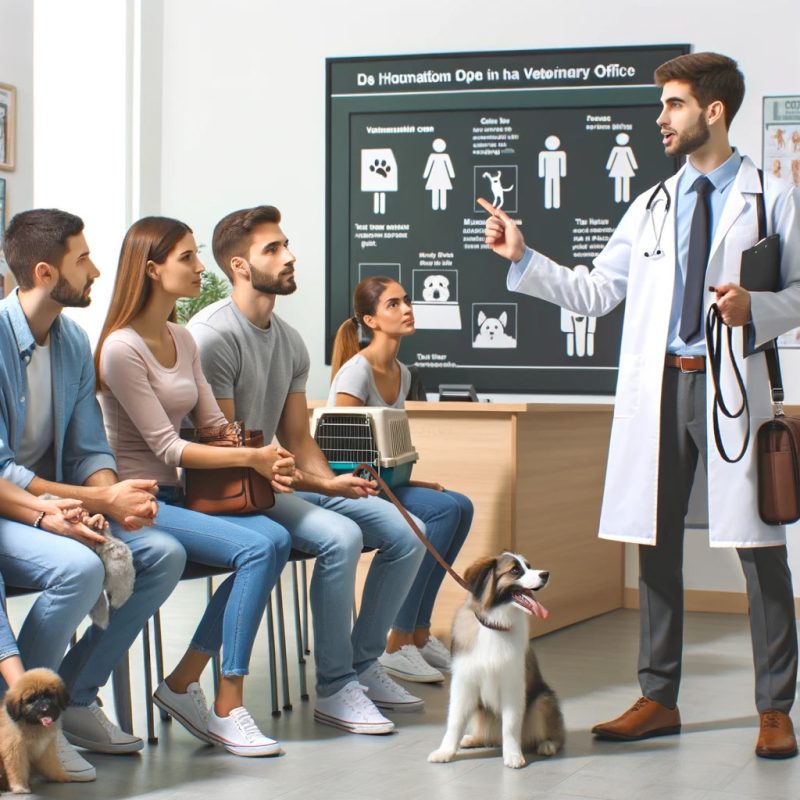
Pet owners must also consider the legal implications of their pets’ behavior in public spaces.
If a pet causes injury to another animal or a person, the owner could face serious legal and financial consequences, including potential euthanasia of the pet or costly medical and legal bills.
Practical Tips for Safe Waiting Room Etiquette
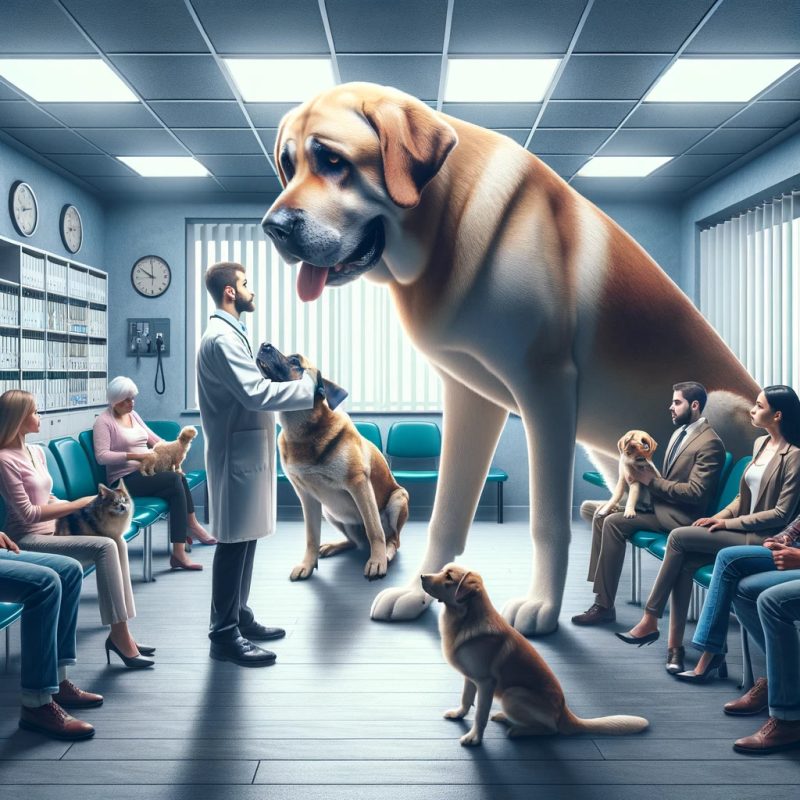
To ensure the safety of all involved, it’s advisable to:
- Keep Pets on a Short Leash: This simple measure can prevent unwanted interactions and maintain control over your pet’s movements.
- Avoid Direct Pet-to-Pet Contact: While it may be tempting to allow pets to greet each other, it’s safer to avoid such interactions in the unpredictable environment of a vet’s waiting room.
- Be Mindful of Surroundings: Always be aware of other pets and their behaviors, adjusting your own pet’s position as necessary to maintain a safe distance.
Conclusion: The Role of Responsible Pet Ownership in Vet Waiting Rooms
In conclusion, while the waiting room at a veterinary office can be a place of excitement for pets, it’s crucial for owners to practice responsible pet etiquette.
By doing so, they not only protect their own pets but also contribute to the safety and well-being of others.
Remember, a well-managed waiting room experience is a cornerstone of responsible pet ownership and community safety.

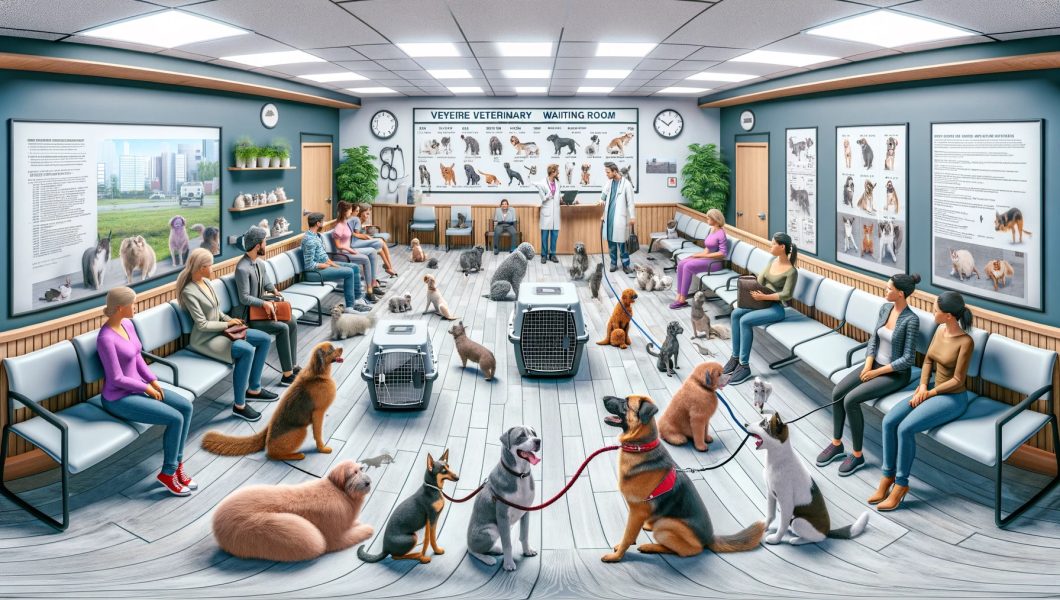


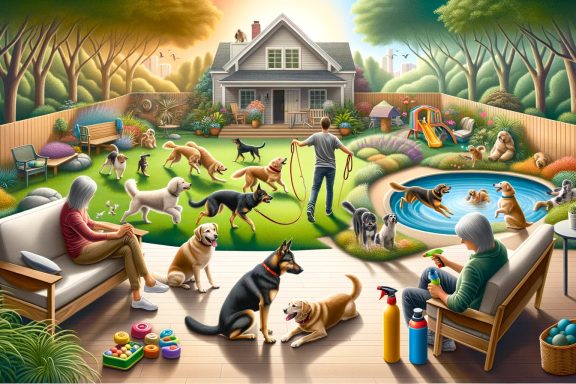

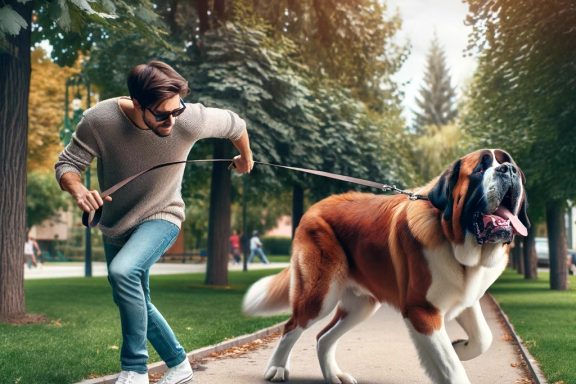
No Comments